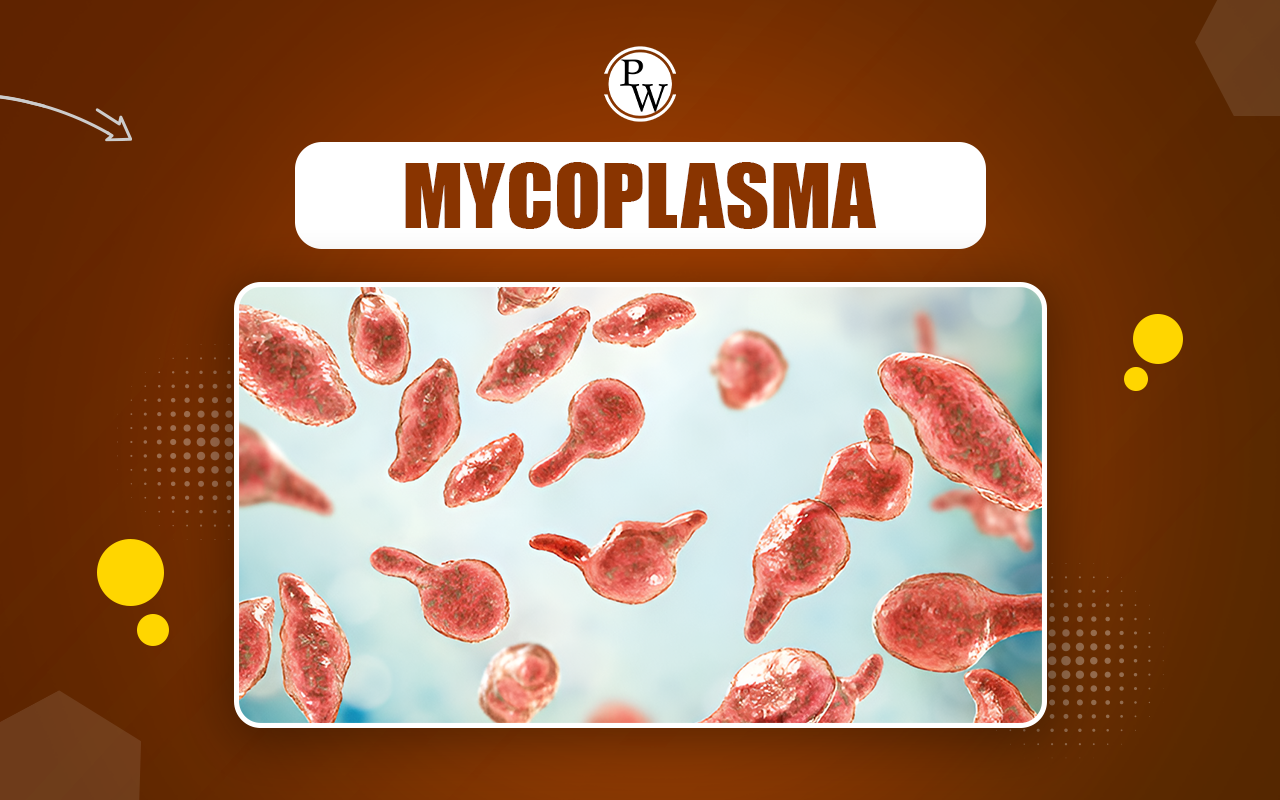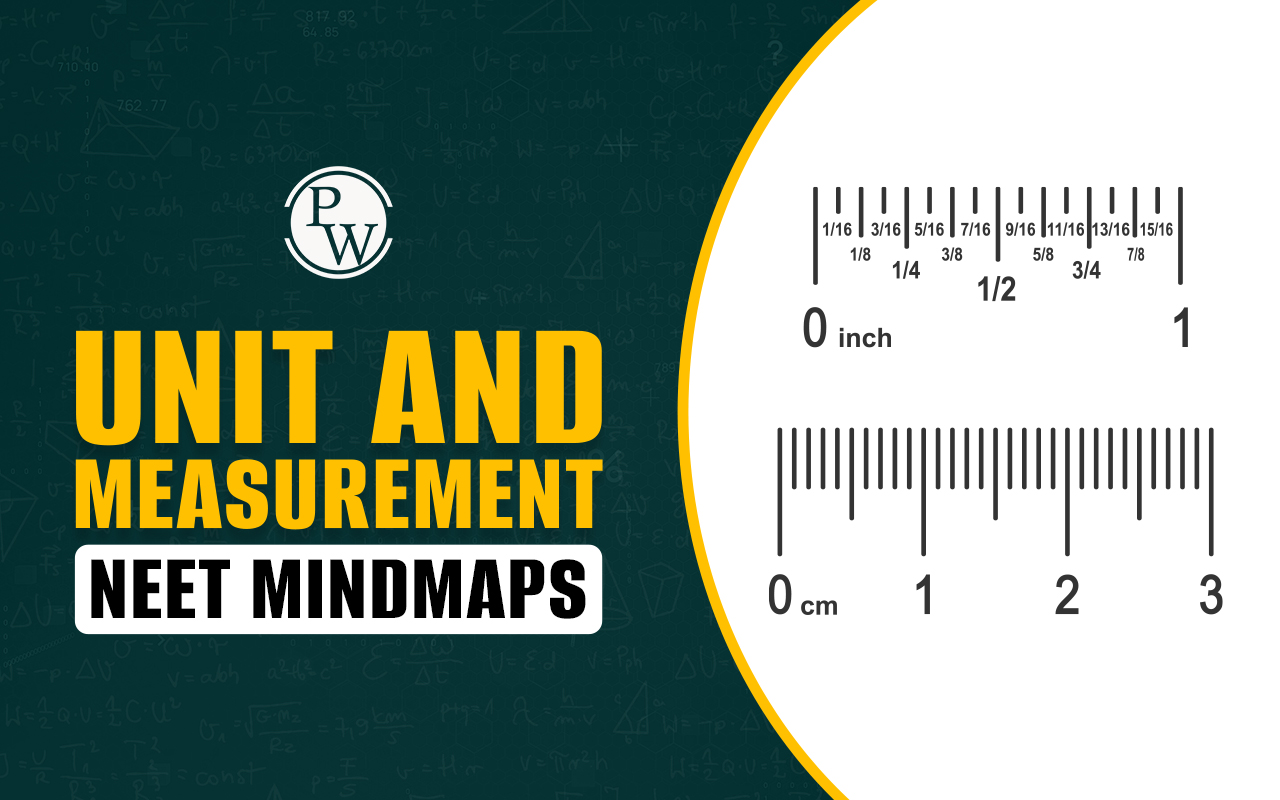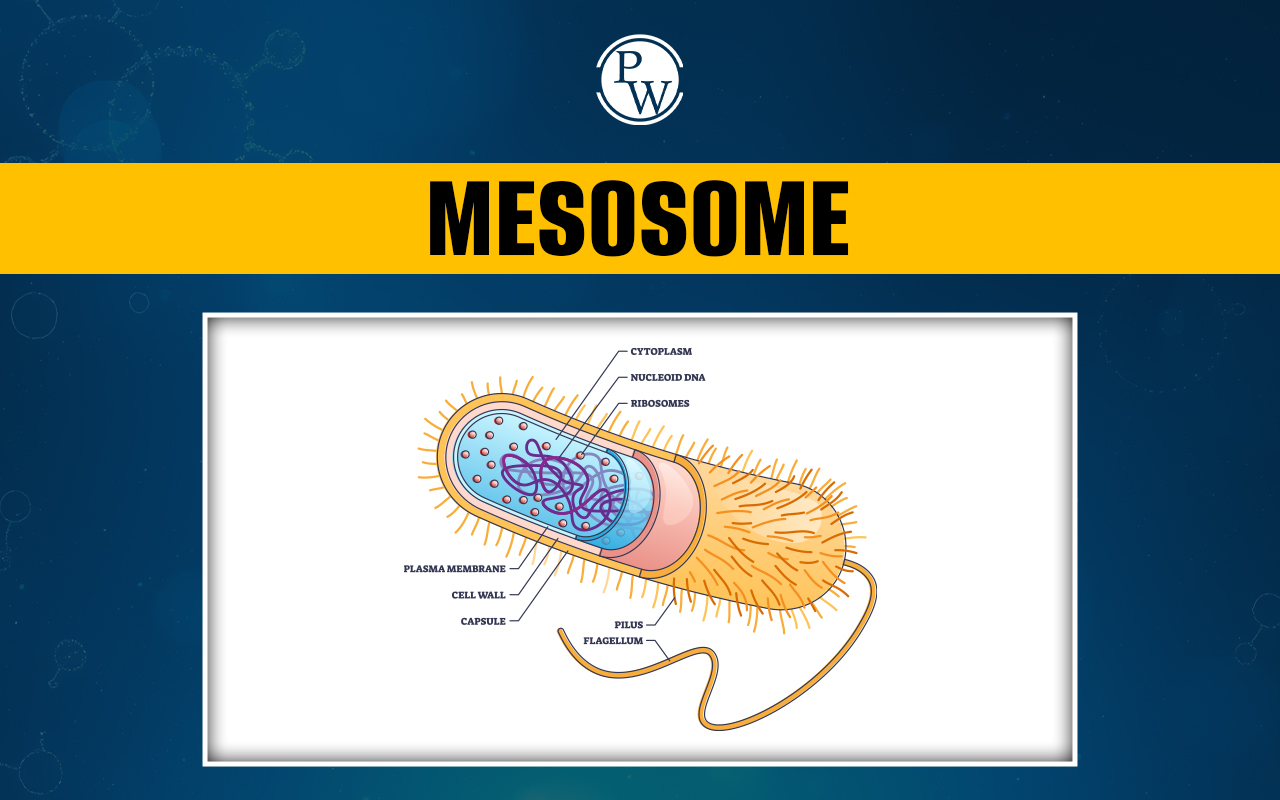
Mycoplasmas are considered the smallest living organisms on Earth that completely lack a cell wall. They resemble other microorganisms such as bacteria, chlamydia, rickettsia, and viruses, being the smallest free-living cells known. This topic is important for the NEET exam and the biology syllabus , as it covers key concepts related to microbial structure, pathogenicity, and classification.
Definition of Mycoplasma
Mycoplasma is a genus of bacteria that lack a cell wall around their cell membranes, making them unique among prokaryotes . Mycoplasmas, along with other prokaryotes, are classified under the class Mollicutes and the order Mycoplasmatales, characterized by their absence of a cell wall.Characteristics of Mycoplasma
Mycoplasmas are unique, small, non-motile prokaryotic organisms that lack a cell wall and possess a three-layered cytoplasmic membrane. Unique features of mycoplasma are provided below.- Mycoplasmas are very small, non-motile, prokaryotic organisms, with the exception of Spiroplasma. They can be parasitic or saprophytic.
- They do not have a cell wall. Instead, the cytoplasmic membrane, a three-layered structure, forms the outer boundary of the cell.
- Mycoplasmas need sterols for their growth and are sensitive to environmental factors like desiccation and vibrations.
- Mycoplasmas have a small genome, roughly 1/5 to 1/2 the size of bacterial genomes. Their DNA is a circular, double-stranded chromosome.
- The DNA is fibrillary, with a molecular weight between 44 x 10^6 to 1200 x 10^6 daltons, and the guanine-cytosine ratio ranges from 24-30%.
- They multiply through binary fission or budding.
- Mycoplasma cells contain 4% DNA and 8% RNA , with 70S ribosomes in the cytoplasm, similar to bacteria.
- Mesosomes are absent in mycoplasma cells, but 50-80% of their dry weight consists of proteins, with RNA making up 8-17% and DNA comprising 4-7%.
- Mycoplasmas do not respond to Gram staining, making them Gram-negative. A simpler staining method called Dien’s stain is used to detect them.
Cell Structure of Mycoplasma
Mycoplasma are prokaryotic organisms characterized by their unique cell structure, which includes a triple-layered lipoprotein membrane that provides protection and selective permeability.- Ultra-Structure : Mycoplasma cells are prokaryotic, and their outermost boundary is the plasma membrane. This membrane is composed of lipoprotein in three layers, with phospholipids and cholesterol as chemical components. It is selectively permeable and measures about 80-100 Å in thickness.
- Small Size : Mycoplasma cells are very small, ranging from 300 nm to 800 nm in diameter.
- Absence of Rigid Cell Wall : Mycoplasmas lack a rigid cell wall. Instead, they have a triple-layered lipoprotein membrane, about 10 nm thick, that surrounds the cytoplasm.
- Cytoplasm Composition : The cytoplasm contains RNA (ribosomes) and DNA. The ribosomes are of the 70S type and are approximately 14 nm in diameter.
- DNA Structure: Mycoplasma DNA is a double-stranded helix, with lower guanine and cytosine content compared to bacterial DNA.
- Nucleic Acid Content: DNA makes up about 4%, and RNA accounts for about 8% of the total cell content, which is lower than in most other organisms.
- Guanine and Cytosine Content: The guanine and cytosine (G+C) content in the DNA ranges from 23% to 46%.
- Presence of Bleb: In some species like Mycoplasma gallisepticum, polar bodies known as blebs protrude from one or both ends of the cell. These blebs are believed to be the sites of enzymatic activity and help in attachment during infection.
- Reproduction: Mycoplasma reproduces through fragmentation, budding, and the formation of young elementary bodies. The production of elementary bodies is a significant mode of reproduction.
Difference Between Mycoplasma and Bacteria
This table highlights the distinct characteristics that differentiate Mycoplasma from typical bacterial organisms.| Difference Between Mycoplasma and Bacteria | ||
|---|---|---|
| Features | Mycoplasma | Bacteria |
| Definition | A genus of bacteria that lacks a cell wall | Microscopic organisms that are found everywhere |
| Shape | Typically spherical or filamentous | Can be spiral, coccus, or bacillus |
| Shape Variability | Highly pleomorphic, showing irregular shapes | Definite shape due to a rigid cell wall |
| Classification | Gram-negative, and can be aerobic or facultatively aerobic | Can belong to any type |
| Genome Size | Characterized by low molecular weight | Varies among different bacterial species |
MCQs of Mycoplasma
Q1. Which one of the following is an incorrect statement regarding mycoplasma?
- They lack a cell wall.
- They are the smallest living cells.
- They cannot survive without oxygen.
- They are pathogenic in plants and animals.
Q2. The smallest organisms that cause diseases among plants are;
- Mycoplasma
- Fungi
- Bacteria
- Viruses
Q3. Here are a few statements given below to identify organisms on the basis of the statement:
1. Lack of cell wall.
2. Smallest living cell known.
3. Can survive without oxygen.
4. Pathogenic in animals and plants.
- Nostoc
- Anabaena
- Mycoplasma
- Chlorella
Answers of MCQs of Mycoplasma
Ans1. They cannot survive without oxygen.,| NEET Exam Important Links | |
|---|---|
| NEET Biology Syllabus | NEET Biology Diagrams |
| NEET Biology MCQ | NEET Biology Chapter wise Weightage |
| NEET Biology Notes | NEET Previous Year Question papers |
Mycoplasma FAQs
Q. What is mycoplasma?
Q. What is the size of mycoplasma?
Q. What is the structure of mycoplasma?
Q. Where can I find a diagram of mycoplasma?
Q. What is mycoplasma genitalium?
Q. What is the structure of mycoplasma?
Q. What is mycoplasma in bacteria?
Q. What are two diseases caused by mycoplasma?
Q. Does mycoplasma have a cell wall?













